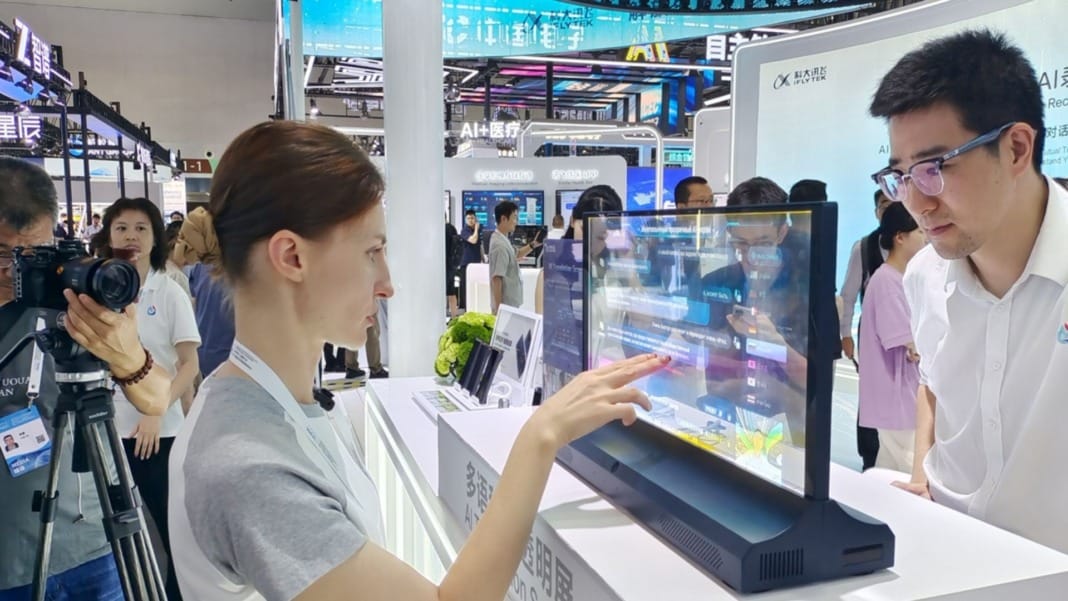Major social media platforms in China have introduced mandatory labels for AI-generated content in line with a new law that took effect on 2 September. Platforms including WeChat, Douyin, Weibo, and Xiaohongshu, also known as RedNote, have begun displaying labels on text, images, audio, video, and other media created using generative artificial intelligence. These labels are accompanied by watermarks embedded in the content’s metadata to facilitate identification.
Platforms introduce strict labelling rules
WeChat has instructed its users to label all AI-generated content they upload and has warned them not to remove, alter or conceal any labels added by the platform itself. The company also prohibited the use of AI to “produce or spread false information, infringing content or any illegal activities.”
Douyin, the Chinese counterpart to TikTok, issued similar guidance, asking users to tag every post that contains AI-generated material. The platform has also stated that it can utilise metadata to trace the origin of AI-generated content.
Meanwhile, Weibo has introduced a reporting option for users who encounter unlabelled AI content. This feature is designed to ensure compliance and promote community involvement in regulating online generative AI content.
The law behind the labelling requirement
The legislation mandating AI content labels was introduced earlier this year and developed by four major Chinese government agencies. These include the Cyberspace Administration of China (CAC), which serves as the country’s primary internet regulator, as well as the Ministry of Industry and Information Technology, the Ministry of Public Security and the National Radio and Television Administration.
The law aims to strengthen oversight of AI content amid growing concerns over misinformation, intellectual property infringement and illegal online activities. Earlier in April, the CAC launched a three-month campaign to monitor and regulate AI-powered apps and services, signalling a broader push to tighten control over the rapidly growing industry.
Global context and industry trends
The move places China among a growing number of countries and tech companies seeking to improve transparency in AI-generated material. In the United States, some technology firms are also developing similar tools. Google, for example, has integrated Coalition for Content Provenance and Authenticity (C2PA) credentials into its upcoming Pixel 10 devices, allowing content verification directly through its camera app.
By requiring visible labels and metadata identifiers, Chinese authorities hope to help users distinguish between authentic content and AI-generated material. Supporters believe these measures will reduce the spread of misinformation and promote accountability as AI technology becomes increasingly embedded in everyday life.





